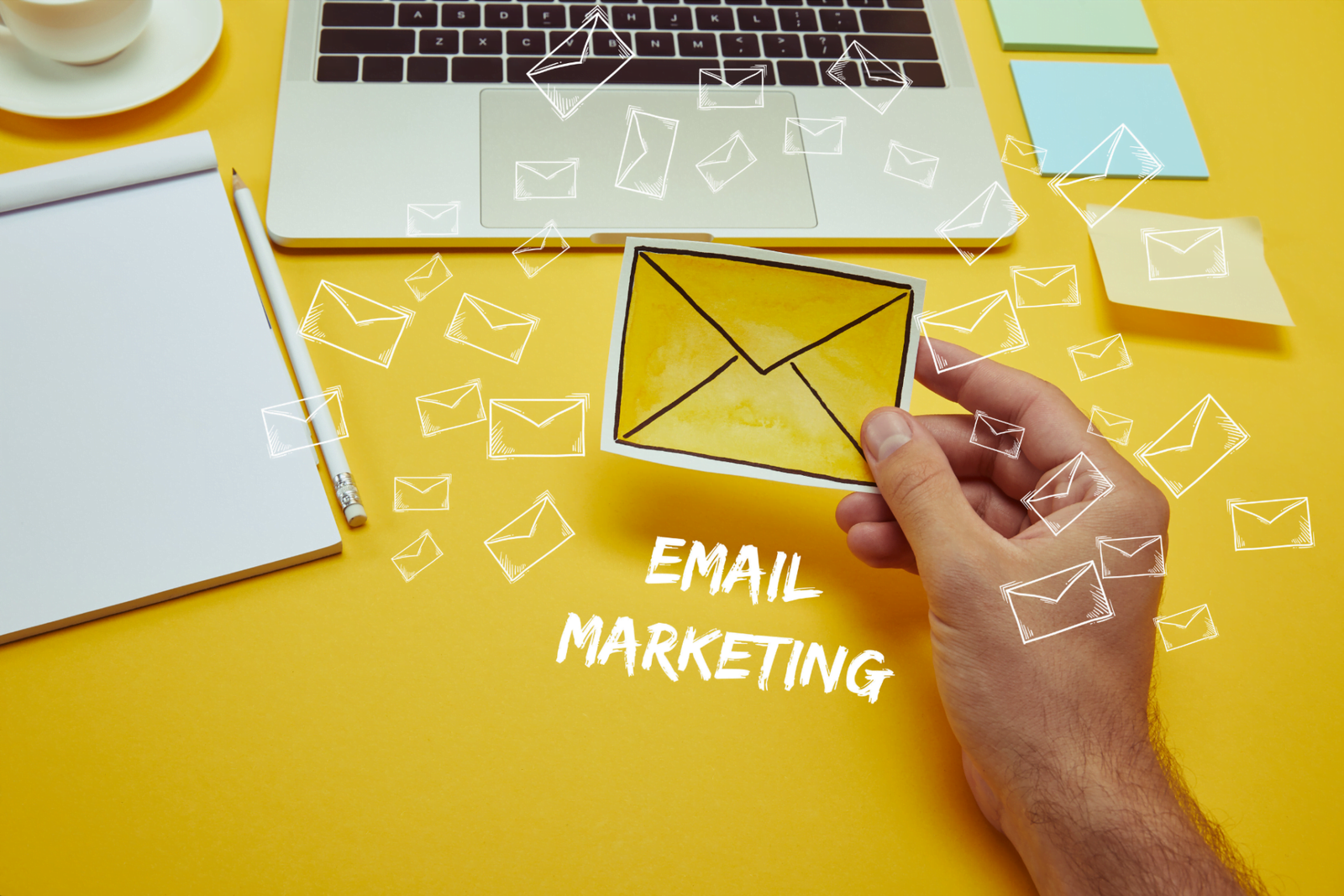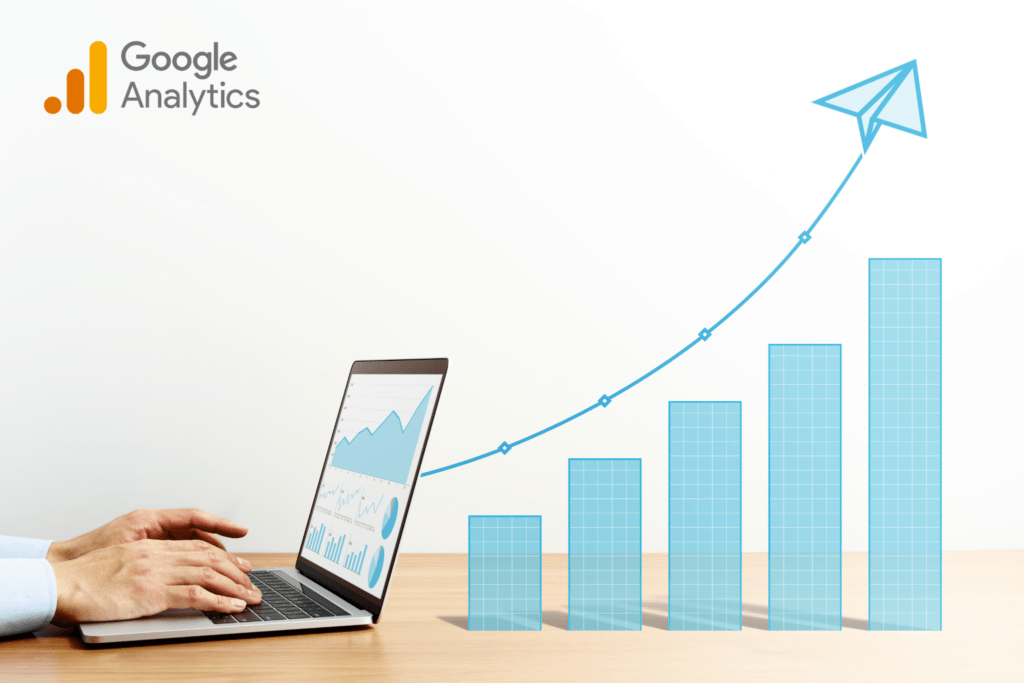So, you’ve heard about email marketing but aren’t quite sure where to start. It’s okay; we’ve all been there. Let’s break down the basics of email marketing together, in a way that feels like having a casual chat with a friend over coffee.
Real Questions and Worries
Before we dive in, let’s address some common questions you might have:
- “What exactly is email marketing?”
- “Why should I bother with it?”
- “How do I get started?”
These are genuine concerns, and trust me, once you understand the fundamentals, you’ll see how email marketing can become a powerful tool in your business arsenal.
What is Email Marketing?
Email marketing is the use of email to promote your products or services. But it’s not just about sending out sales pitches. It’s about building relationships with your customers and providing them with value, which in turn builds loyalty and drives sales.
Keyword: email marketing basics
Why Email Marketing?
You might wonder why email marketing is such a big deal. Here’s why:
- Direct Communication: Email allows you to communicate directly with your audience. It’s personal and goes straight to their inbox.
- High ROI: Email marketing has one of the highest returns on investment (ROI) among digital marketing channels.
- Measurable Results: You can track open rates, click-through rates, and conversions, giving you clear insights into what’s working and what’s not.
- Cost-Effective: Compared to other marketing channels, email marketing is relatively inexpensive.
Building Your Email List
Before you can start emailing, you need a list of subscribers. But how do you build one? Here are a few tips:
1. Offer Value
People need a reason to give you their email address. Offer something valuable in return, like:
- E-books or guides: Provide in-depth information on a topic of interest.
- Discounts or special offers: Entice sign-ups with a discount on their first purchase.
- Exclusive content: Share something they can’t get anywhere else, like insider tips or early access to new products.
2. Sign-Up Forms
Make it easy for people to subscribe:
- Website pop-ups: Use pop-up forms on your website.
- Social media: Promote your email list on social media.
- In-store sign-ups: If you have a physical location, encourage visitors to join your email list.
3. Double Opt-In
Consider using a double opt-in process. This means that after someone signs up, they receive a confirmation email asking them to verify their subscription. This ensures you’re getting engaged subscribers who truly want to hear from you.
Crafting the Perfect Email
Now that you have a list, it’s time to start sending emails. But what should they look like? Here’s a simple formula:
1. Catchy Subject Line
The subject line is your first impression. Make it count! It should be:
- Intriguing: Pique their curiosity.
- Concise: Keep it short and sweet.
- Relevant: Reflect the content of the email.
2. Personalization
People love feeling special. Use their name and tailor the content to their interests. Most email marketing platforms allow you to add personalization tags.
3. Compelling Content
Your email content should be:
- Relevant: Provide information that’s valuable to your audience.
- Engaging: Use a friendly, conversational tone.
- Actionable: Include clear calls to action (CTAs).
4. Eye-Catching Design
Make your emails visually appealing:
- Images: Use high-quality images that complement your content.
- Layout: Keep it clean and easy to read.
- Branding: Make sure your emails reflect your brand’s look and feel.
Types of Emails to Send
1. Welcome Emails
First impressions matter. A welcome email sets the tone for your relationship with your subscribers. Thank them for joining, introduce your brand, and let them know what to expect.
2. Newsletters
Regular newsletters keep your audience engaged. Share updates, news, and valuable content. Aim to send these consistently, whether it’s weekly, bi-weekly, or monthly.
3. Promotional Emails
Promotional emails are your chance to drive sales. Share special offers, discounts, or new product launches. Just be sure not to overdo it; too many promotional emails can turn subscribers off.
4. Transactional Emails
These are the emails your customers receive after making a purchase, like order confirmations and shipping notifications. They’re a great opportunity to reinforce your brand and provide additional value.
5. Re-Engagement Emails
If some subscribers have gone silent, re-engage them with a special offer or compelling content. Remind them why they signed up in the first place.
Measuring Success
To know if your email marketing efforts are paying off, you need to track your performance. Key metrics to monitor include:
- Open Rate: The percentage of recipients who open your email.
- Click-Through Rate (CTR): The percentage of recipients who click on a link within your email.
- Conversion Rate: The percentage of recipients who take the desired action (e.g., making a purchase).
- Bounce Rate: The percentage of emails that couldn’t be delivered.
- Unsubscribe Rate: The percentage of recipients who opt out of your email list.
Tips for Effective Email Marketing
Here are some tips to enhance your email marketing efforts:
- Segment Your List: Divide your subscribers into different groups based on their interests or behaviors. This allows you to send more targeted emails.
- Test and Optimize: Conduct A/B tests to see what works best, from subject lines to content and send times.
- Maintain Consistency: Send emails regularly, but don’t overwhelm your subscribers. Find a frequency that works for both you and your audience.
- Stay Compliant: Ensure your emails comply with regulations like the CAN-SPAM Act. Include an easy way for recipients to unsubscribe.
Stories and Examples
The Local Bakery
Let’s say you run a local bakery. Here’s how you might use email marketing:
- Welcome Email: Thank new subscribers and offer a discount on their first visit.
- Newsletter: Share weekly updates on new pastries, baking tips, and upcoming events.
- Promotional Email: Send out special offers during holidays or your bakery’s anniversary.
- Transactional Email: Confirm orders and provide updates on pick-up times.
- Re-Engagement Email: Reach out to customers who haven’t visited in a while with a special “We Miss You” discount.
The Online Boutique
Or maybe you have an online boutique:
- Welcome Email: Introduce your brand and offer a discount on the first purchase.
- Newsletter: Highlight new arrivals, styling tips, and customer testimonials.
- Promotional Email: Announce sales and exclusive online deals.
- Transactional Email: Confirm orders and provide shipping details.
- Re-Engagement Email: Send a personalized offer to customers who haven’t shopped in a while.
FAQs about Email Marketing
1. How often should I send emails?
There’s no one-size-fits-all answer. It depends on your audience and the type of content you’re sharing. Test different frequencies and monitor your engagement rates.
2. What’s the best time to send emails?
This varies, but generally, mid-week and mid-morning are good starting points. Again, testing different times can help you find the sweet spot for your audience.
3. How do I avoid my emails going to spam?
Use a reputable email marketing platform, avoid spammy language, and always get permission before adding someone to your list. Also, include a clear unsubscribe option.
4. Can I buy an email list?
It’s not recommended. Purchased lists often contain uninterested recipients and can harm your sender reputation. It’s better to build your list organically with engaged subscribers.
Wrapping It Up
Email marketing is a powerful tool that, when done right, can significantly boost your business. From building your email list to crafting the perfect email and measuring success, understanding the basics sets you on the path to effective email marketing.
Remember, it’s all about providing value and building relationships. Start simple, stay consistent, and continually refine your strategy based on what you learn. Happy emailing!

